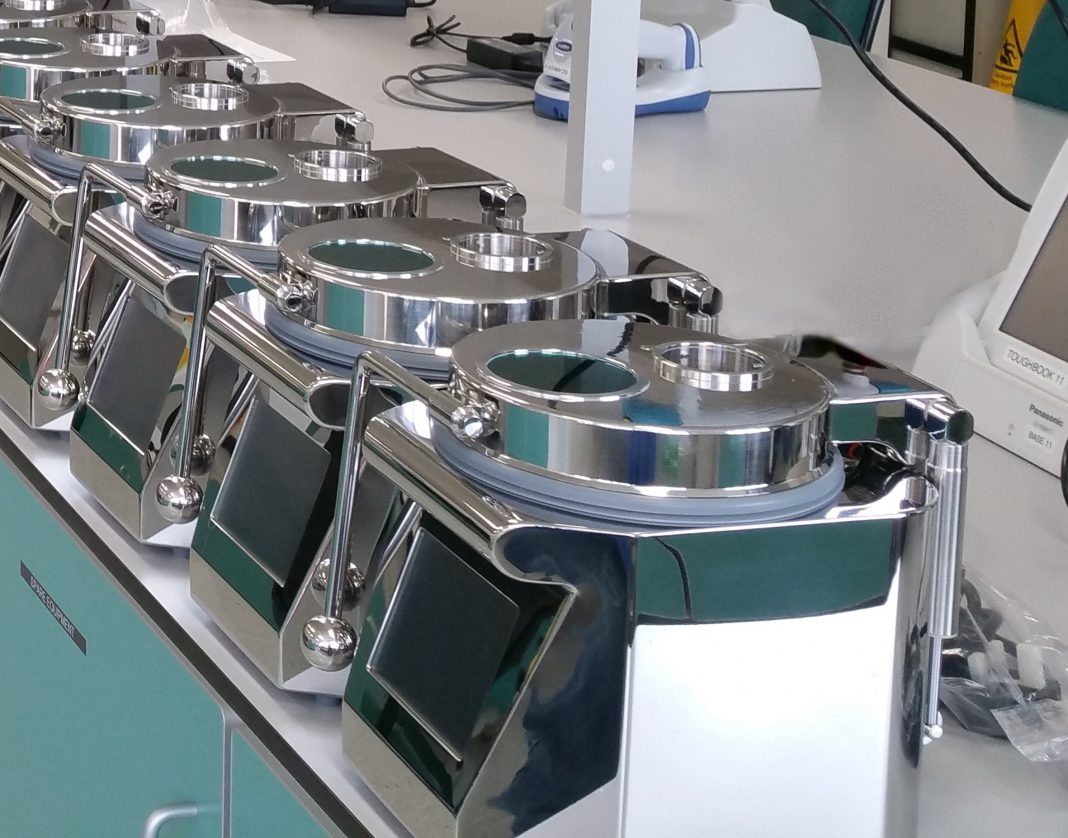The intended ingredients in a biological drug come under great scrutiny at every step in a process. The same care needs to be taken to control unintended contamination. To accomplish that—at least in part—a biomanufacturer must develop a reliable system of environmental monitoring which should be used “within the contained high-risk, critical spaces designated as grade A, which will be filling lines or where a continuous process is running,” said Andy Whittard, managing director at Cherwell Laboratories and a board member of Pinpoint Scientific, both based in the U.K. In such a situation, the concept of so-called continuous environmental monitoring could be “24/7 or a few hours,” Whittard said.
The requirements for environmental monitoring in bioprocessing follow the same ones used for the pharmaceutical industry in general. As Whittard pointed out, “Environmental monitoring will include particle measurements, surface and airborne microorganisms, temperature, pressure, and humidity.”
For airborne contaminants, biomanufacturers use various methods, but some work better than others. “Existing sieve sampler systems are typically restricted to a maximum sample size of 1,000 L taken over 6 to 10 minutes,” Whittard explained. “This is because of issues around dehydration of the agar plate,” which is used to capture and grow any contaminants. Conversely, Pinpoint’s ImpactAir® “uses a slit-to-agar method and can sample for much longer—up to four hours—because impaction is across the whole agar surface, not just concentrated impaction points from a sieve method.”
Like the technology that creates what goes into a biological drug, scientists and engineers work just as diligently on new methods to ensure that contaminants stay out. For example, Pinpoint will soon release an ImpactAir ISO-90 Monitoring Platform, which could be useful to some bioprocessors. Making a sterile product depends on creating a hygienic environment and ensuring that it stays that way from start to finish. To accomplish that, tracking the particles in the air requires ongoing attention.


